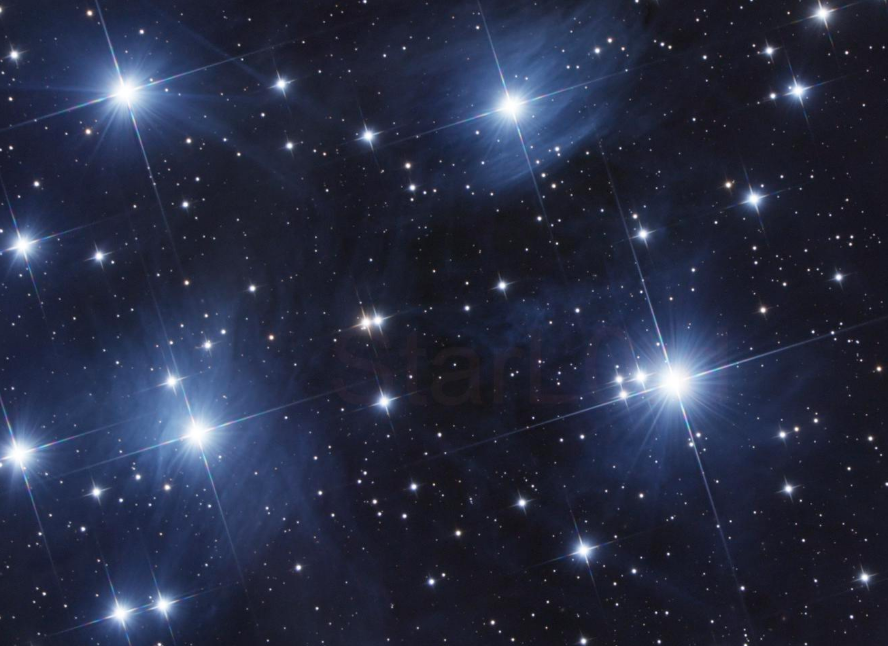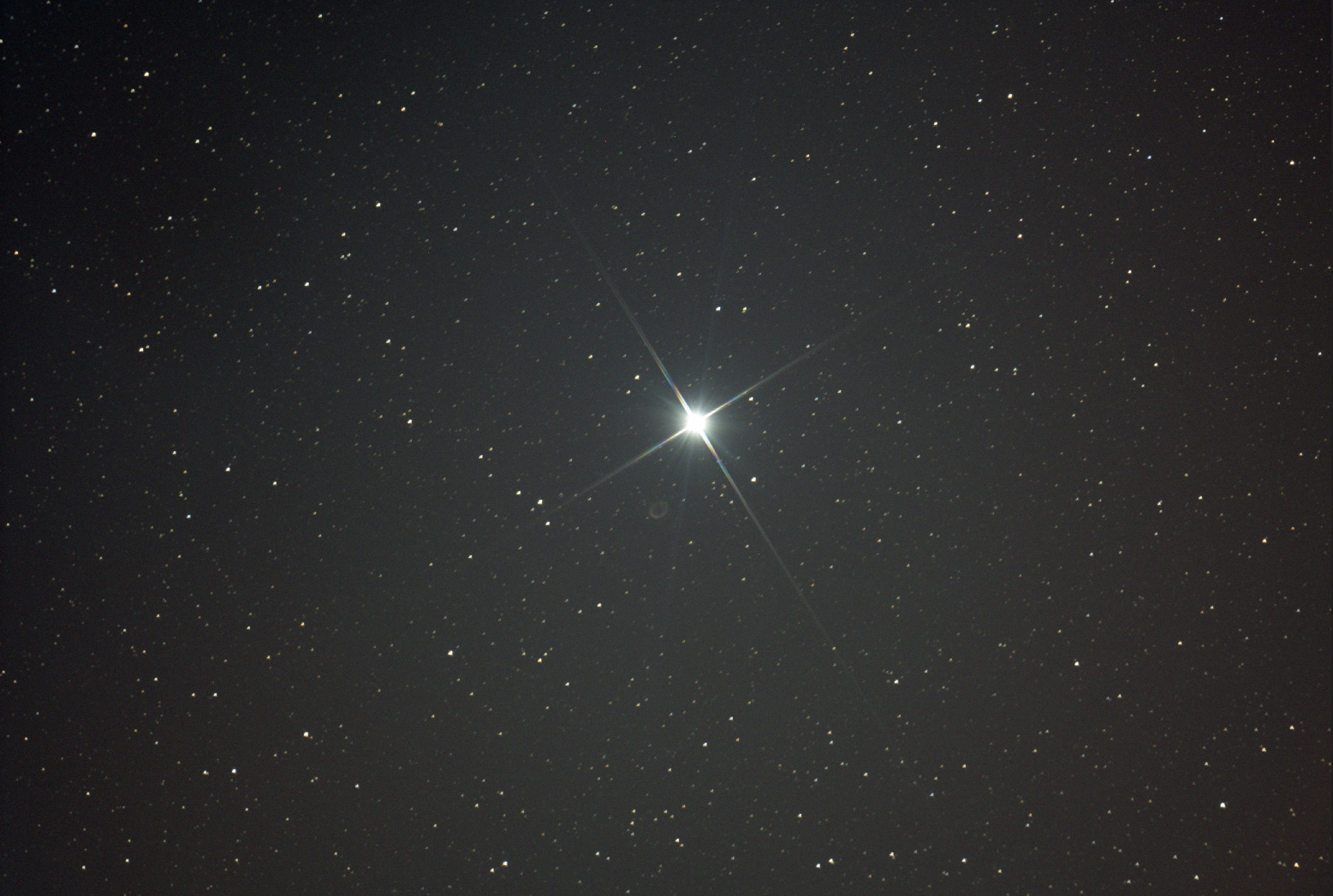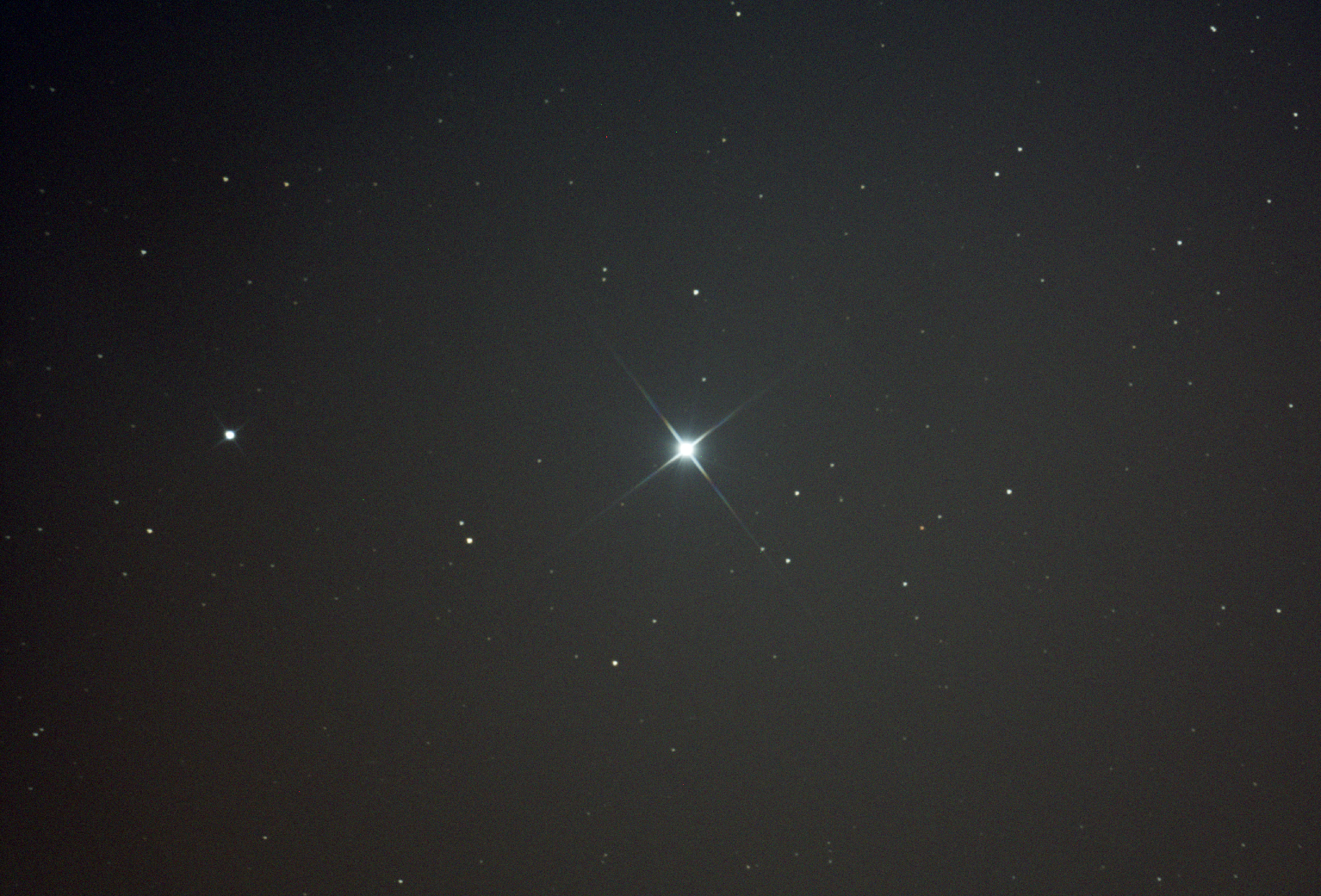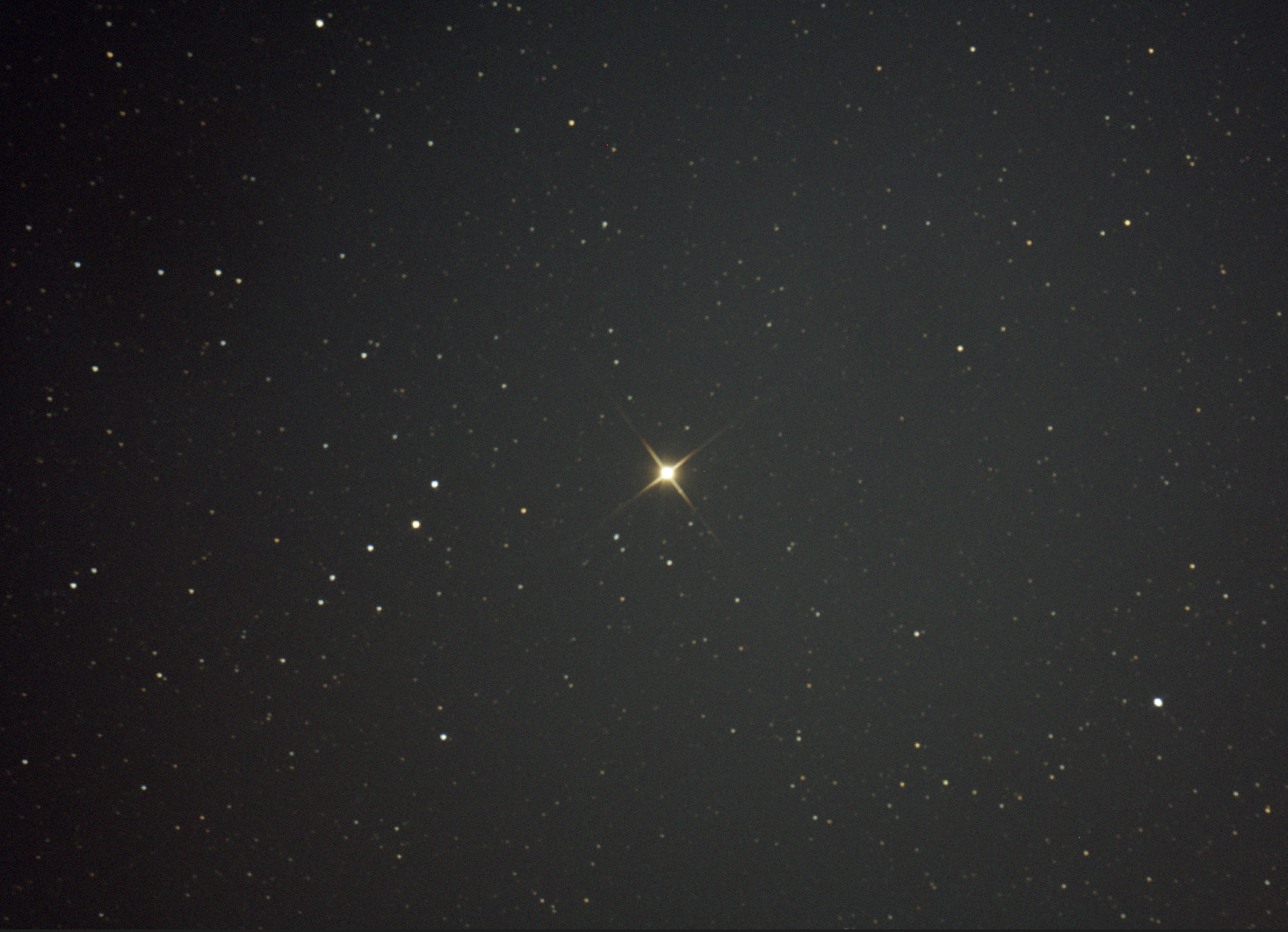Hi Guys!
I hope you can help me with my problem on my Newtonian...
Short explanation of my Equipment:
- ZWO ASI 294MC Pro
- Skywatcher Explorer 250PDS
- Skywatcher EQ6-R Pro
- ZWO ASI AIR
- ZWO EAF
I used this combo to photograph C27. The mount was polar aligned, autofocus routine was successfully completed and the first shot (60 seconds) looked like this:

At first I thought it was a problem with the autoguider, but the values looked like this:

Of course after some time, clouds came in and the session was over. i was not able since then, to do some testing.
The Scope has been collimated with a Baader Laser Collimator and a cheshire eyepiece. In theory everything looked fine.
My Imagetrain is as follows: 294MC (6,5mm) -> Filterwheel (20mm) -> Adapter (11mm) -> Adapter (16,5mm) -> Baader MPCC MIII
Does anyone have an idea where i could start? Is it a Focus issue? Tilt in the image train? Tilt on primary (or secondary?) mirror?
Thanks in advance!
Michael
I hope you can help me with my problem on my Newtonian...
Short explanation of my Equipment:
- ZWO ASI 294MC Pro
- Skywatcher Explorer 250PDS
- Skywatcher EQ6-R Pro
- ZWO ASI AIR
- ZWO EAF
I used this combo to photograph C27. The mount was polar aligned, autofocus routine was successfully completed and the first shot (60 seconds) looked like this:

At first I thought it was a problem with the autoguider, but the values looked like this:

Of course after some time, clouds came in and the session was over. i was not able since then, to do some testing.
The Scope has been collimated with a Baader Laser Collimator and a cheshire eyepiece. In theory everything looked fine.
My Imagetrain is as follows: 294MC (6,5mm) -> Filterwheel (20mm) -> Adapter (11mm) -> Adapter (16,5mm) -> Baader MPCC MIII
Does anyone have an idea where i could start? Is it a Focus issue? Tilt in the image train? Tilt on primary (or secondary?) mirror?
Thanks in advance!
Michael





